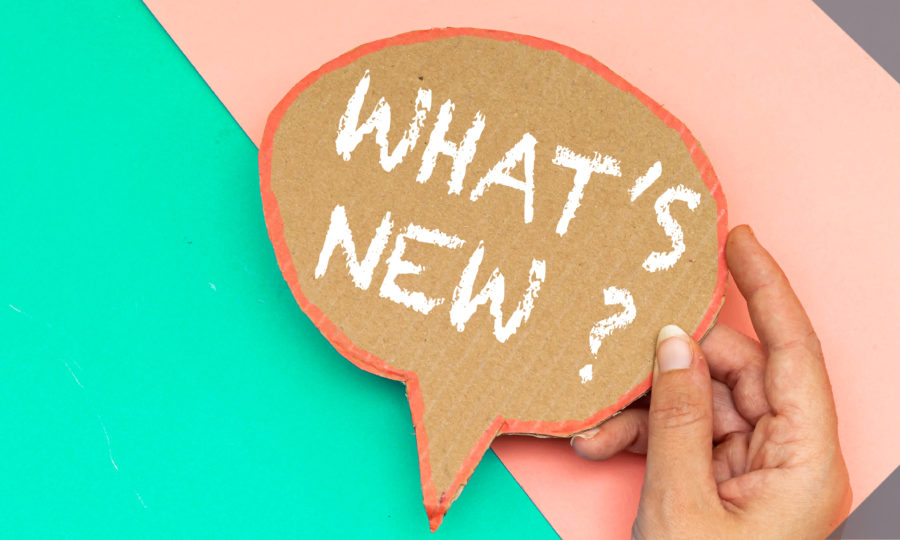3 Tips for Delivering Creative that Meets Client Goals
Kelsea Schreiner Managing Partner
At Kinetic, we are creatives at heart.
Although our agency houses strategy, operations, digital and creative, we are all one collaborative unit working for the good of our clients and their product – and this is usually a creative output.
This makes us all a little critical of designs we’ve executed… and designs we see on public display. There are clear patterns that indicate whether a company or organization has effectively married thoughtful strategy with effective creative. Or, hired a professional to do the job.
When implementing creative that faces the public (or even for internal use!), use these three helpful tips to cut through the noise and make sure your brand, campaign or other creative is the best it has the potential to be.
1. Think Strategically Before You Rush Off to Design
Identify what the goals are and who you are designing for. Create a design board, likes and dislikes, and what will be effective and memorable. If you’re high-end, don’t employ whimsy. Build a brand (or design) that makes sense – there is a reason the Portlandia episode “Put a Bird On It” is funny. Don’t simply slap an animal icon into your brand if it doesn’t make sense (or call it art)!
2. Allow Freedom to Design
On the flip side of #1, allow creatives to do what they do best. If you over-strategize a design, it will usually fall flat. As a strategist or a client, don’t try to SOLVE the creative conundrum for the designer, but rather, define the parameters you hope they will remain within.
If you as the strategist asks the designer to move this down, make this bigger, etc., those directions may conflict with design best practices. Allow the designer room to explore the solution without a set of direct demands.

3. Get Smart About the Art
Design freedom is often highest when we know the least. Getting smart early allows you (or your designer) to incorporate the good ideas before the brand is frozen. Determine the user’s goals, the campaign’s (or brand’s) goals and the design plan before pen touches paper. That way, you won’t run into issues if you need to synthesize your design into signage, online or print without understanding HOW the design will be used.
For example, if your client has budgetary constraints around printing, ensure your designer knows and understands these constraints so they work within an easily printed format. Alternatively, there is nothing worse than a logo that wasn’t considered as signage and simply looks awkward or hard to read.

Interestingly enough, you can apply these three tactics to more than simply design. While it may seem to be common sense, it is amazing how frequently they are skipped over or are not included in the product life cycle.
This type of strategic thinking is the foundation of all user-centered design and allows designers like us ensure the best product, brand, campaign or website is put forth when working with our clients. You can do the same with your brand by creating an inspired design that you and your clients love.
Kelsea Schreiner
Managing Partner
Kelsea Schreiner has helped many companies and organizations identify and embrace marketing strategies to boost their business and lift their sales. As an account director starting in 2007, She worked with a long list of clients – national companies, regional enterprises and local firms and nonprofits. Since 2016, she’s been our strategic director. In 2021, she became a partner.
Kelsea understands market trends, digital analytics, and how to manage team projects. She’s led the development of websites, video productions and photo shoots to help clients connect with customers, employees and prospective employees. She’s a Certified Usability Analyst and received her MBA from the University of Montana in 2018.
Read more about Kelsea


